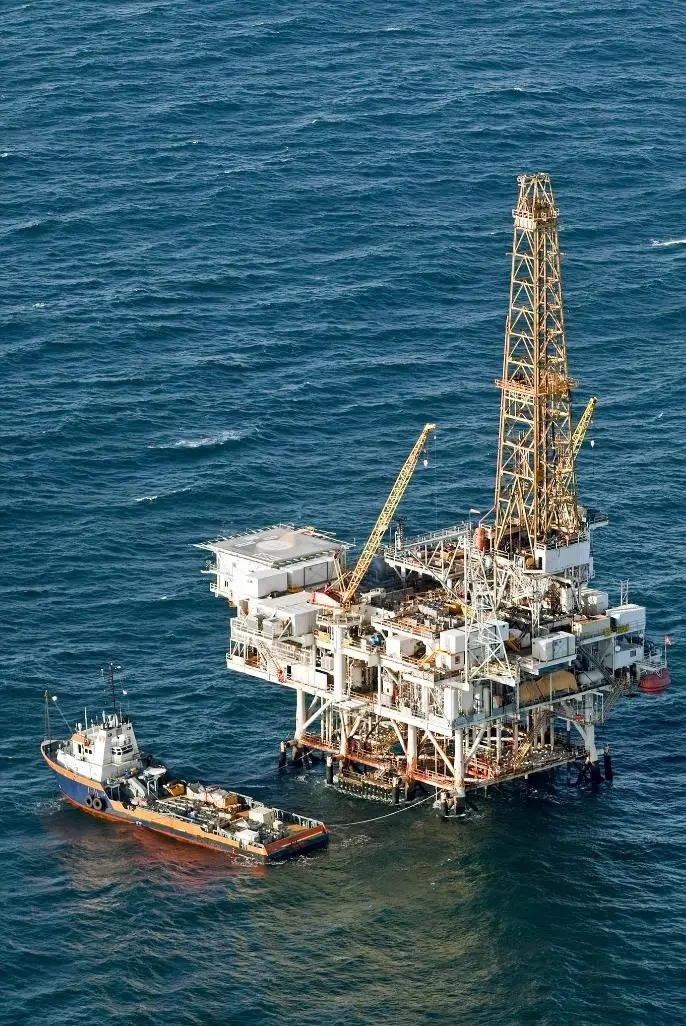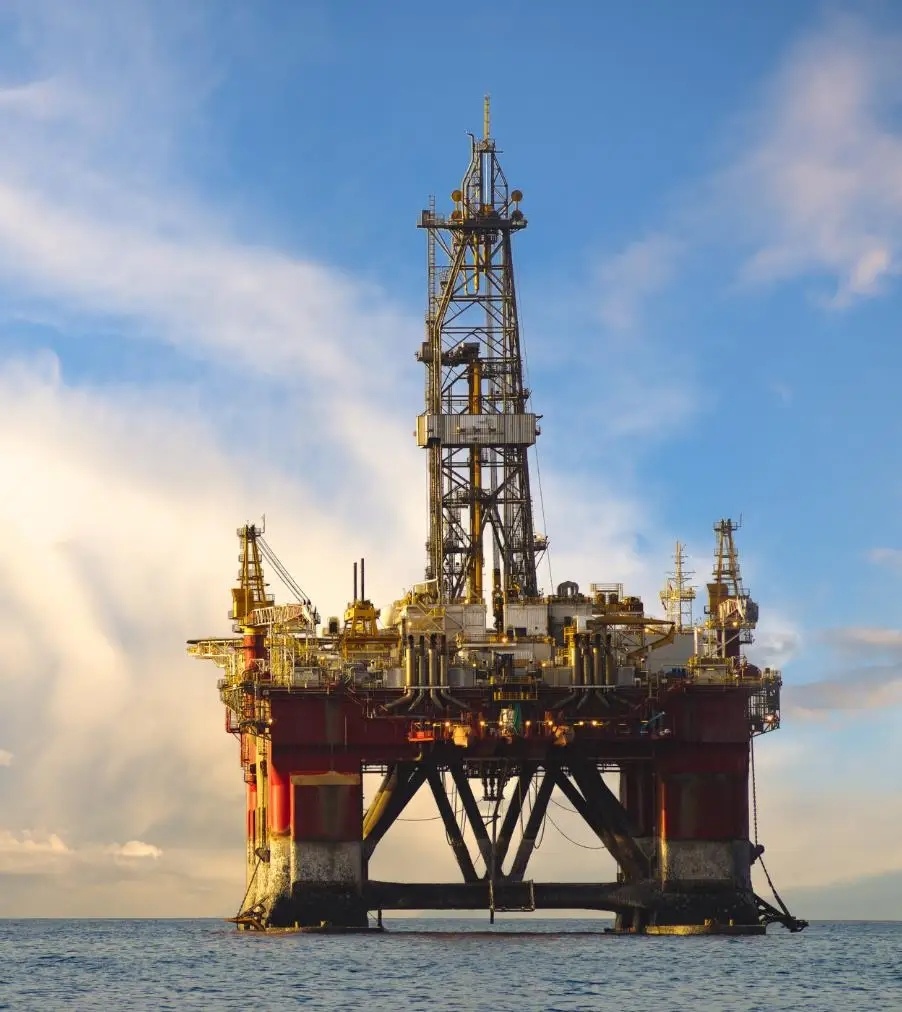An annual investment of $500 billion in oil and gas is sufficient to meet global peak demand
Published time:
2023-07-24
According to Wood Mackenzie, annual oil and gas investment does not need to increase significantly from the current $500 billion level to meet the peak demand of the 2030's. The energy consulting company stated in a research report that the expenditure level is not much higher than the current operating rate and can provide the supply required to meet demand until the peak or above. This is due to the development of low-cost oil resources, higher capital discipline, and significant improvement in investment efficiency.
According to Wood Mackenzie, annual oil and gas investment does not need to increase significantly from the current $500 billion level to meet the peak demand of the 2030's. The energy consulting company stated in a research report that the expenditure level is not much higher than the current operating rate and can provide the supply required to meet demand until the peak or above. This is due to the development of low-cost oil resources, higher capital discipline, and significant improvement in investment efficiency. The current upstream expenditure is slightly higher than half of the 2014 peak of $914 billion, and this obvious shortage has led people to generally believe that the industry is underinvested and supply tightening is inevitable, sooner or later, "Wood Mackenzie said.

The International Energy Forum estimates that by 2030, the annual upstream expenditure on oil and gas needs to increase from $499 billion last year to $640 billion to ensure adequate supply. Our long-term view is that spending and supply will increase to meet the demand for recovery, and the upstream industry will not and cannot repeat the shameful years of low efficiency in the early 2010s, "said Fraser McKay, upstream analytics director at Wood Mackenzie. The consulting company predicts that oil demand will exceed the pre pandemic peak in 2023 and then slow down in 2024.

Wood Mackenzie stated that demand growth will peak at 108 million barrels per day in the early 2030's. At the same time, the International Energy Agency predicts that the growth of global oil demand will slow down significantly by 2028, because high oil prices and supply concerns have accelerated the transition to clean energy. In a report last month, the Paris based organization also stated that peak oil demand may be approaching before the end of this century. Wood Mackenzie stated that adversity is the main catalyst for structural changes in supply efficiency, and the price shocks of 2015 and 2020 forced the industry to implement stricter capital discipline.

The traditional green space unit development cost has been reduced by 60% in 2023, Mr. McKay said. The production of tight oil wells in the United States today is almost three times that of 2014 at the same capital unit. New technologies, capital efficiency, and modularity have been utilized, producing powerful effects. The consulting company stated that the industry will focus on the resources with the lowest costs and emissions for the remainder of this decade. As energy companies begin to rely on older reserves, higher cost green space projects, and undiscovered resources, future crude oil supply will become more expensive. Contrary to intuition, the $5 trillion operating rate will need to be maintained after the peak demand, Mr. McKay said.
Wood Mackenzie stated that even in the accelerated energy transformation prospects of consulting firms, significant investment is needed to limit global temperature rise to 1.5 ° C by the end of this century and achieve net zero emissions by 2050. The consulting company stated that although the impact of underinvestment will be far-reaching, long-term market imbalances are unlikely to continue. The uncertainty of energy transformation has added new complexity and risks to upstream investors. But the oil market is liquid both literally and metaphorically, "Mr. McKay said.
Related news

